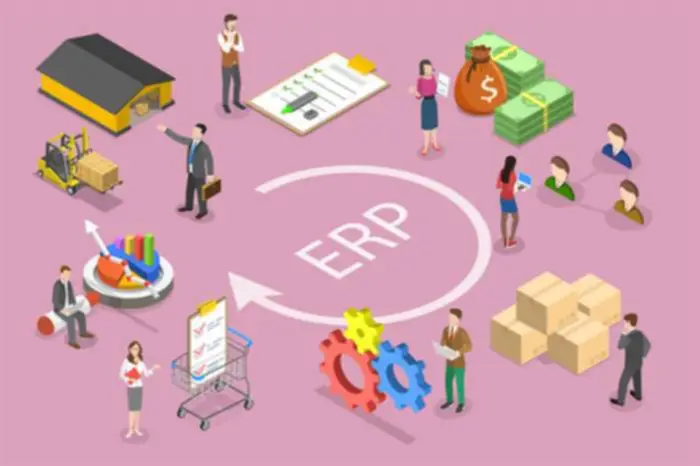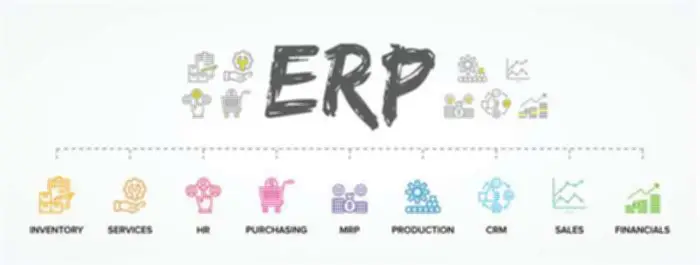Using Equivalence Partitioning In Software Testing
By categorizing inputs into classes, testers can cut back redundancy. Testers delve into the software’s specs, consumer documentation, and different related sources. They purpose to gather a comprehensive list of all potential enter information points.

The major objective behind this system what is equivalence class partitioning is to ascertain that software program displays uniform habits, regardless of the various input eventualities it encounters. In our earlier equivalence partitioning example, instead of checking one worth for every partition, you’ll verify the values on the partitions like zero, 1, 10, 11 and so on. As you might observe, you check values at both legitimate and invalid boundaries. In software testing, Equivalence Partitioning aids in masking a variety of take a look at scenarios while minimizing redundancy and effort.
Concerning the input and output interfaces to the component this difference is not going to be observed, however in your grey-box testing you wish to ensure that each paths are examined. To achieve this it is necessary to introduce further equivalence partitions which would not be needed for black-box testing. Yet, their true energy emerges after they https://www.globalcloudteam.com/ complement one another.
Equivalence Partitioning: Step-by-step Process For Environment Friendly Check
Now that we all know how helpful equivalence partitioning is, let’s try to understand a few of its pitfalls. The premise of this technique works on the idea that every one values within the partition will behave the same way. The similar goes for any worth less than 16 and values higher than 60. As such, we solely take a look at 1 condition within every partition and assume that if it works/doesn’t work, the rest of cloud computing the situation will behave the identical way.
Is Equivalence Partitioning Suitable For All Sorts Of Software Program Testing?
- On one side, it provides effectivity, lowered check instances, and complete protection.
- After that, depending on whether or not you would possibly be between 16-60, you’ll find a way to go further.
- The success of Equivalence partitioning depends on our ability to create right partitions.
- This iterative process ensures the classes are strong and symbolize the software’s input landscape.
- Equivalence partitioning and boundary value analysis(BVA) are intently related and can be utilized collectively in any respect levels of testing.
As a outcome, software reaches the market quicker without compromising on quality. We need to guarantee that our partitioning is unique and not overlapping. If we had all the time on the planet, and the fee was not an issue in any respect. Virtually we are in a position to by no means do this as a outcome of there could be minimal time for testing. By submitting the form, you would be accepting the Privacy Coverage.

Whether coping with age inputs, textual content inputs, or some other knowledge type, equivalence partitioning stands as a reliable and efficient testing ally. Equivalence partitioning and boundary value analysis offer an intelligent resolution. By categorizing inputs into partitions, the method simplifies the testing panorama. Each partition, though diverse, has a typical thread binding its data points.

Then, check cases are created to cover each partition, ensuring that each potential worth group is examined with minimal redundancy. This reduces the overall variety of check circumstances required and improves testing efficiency. This approach is all about categorizing enter information into completely different partitions. The objective is to make sure the software behaves persistently throughout different input scenarios.
Equivalence Partitioning is a vital expertise term as a outcome of it is a widely used black-box testing technique that helps enhance the efficiency and effectiveness of software program testing. In different words, it’s adequate to pick out one test case out of every partition to check the behaviour of this system. The values within one partition are considered to be “equal”. Equivalence partitioning is not a standalone technique to determine test circumstances.
We want to test some of the values inside the invalid partitions on the greater and lower ends, after which consider a few of the values throughout the individual valid partitions as properly. Equivalence partitioning, with its systematic strategy, has revolutionized software testing. Focusing on representative values ensures complete test protection whereas saving time and resources. When we partition a website into equivalence partitions, we will usually get both valid and invalid partitions. In my opinion an invalid partition is one the place we cannot inform from the specification how the product ought to react to input from that partition. All reasonable partitions where the system’s reaction is unspecified should make the tester alert and ask stakeholders what the response must be, quite than guess.
On the flip facet, potential oversights and assumptions pose challenges. Yet, it guarantees robust software high quality when wielded with warning and complemented with different testing strategies. We may avoid invalid partitions by covering all potential input, within purpose, in the requirements. By leveraging Testsigma’s intuitive interface and automation capabilities, testers can effectively implement Equivalence Partitioning in their testing workflows. Equivalence partitioning is typically utilized to the inputs of a tested component, however may be applied to the outputs in uncommon instances. The equivalence partitions are often derived from the necessities specification for enter attributes that affect the processing of the check object.
What’s Our Editorial Process?
Depending on its objective, every software utility accepts myriad inputs. At its core, the method seeks to simplify the huge array of input knowledge a software might encounter. Doing so streamlines the testing process, guaranteeing effectivity and thoroughness.
It permits testers to extrapolate results from one knowledge level to a whole class. Equivalence testing, emphasizing representatives and partitions, revolutionizes software testing. Effectivity, time-saving, robustness, and consistency are its pillars.
This approach, usually intertwined with ‘equivalence partitioning in black field testing,’ has been a game-changer for a lot of testers. Equivalence Partitioning Methodology is also known as Equivalence class partitioning (ECP). It is a software testing approach or black-box testing that divides enter area into lessons of knowledge, and with the assistance of these lessons of data, test instances could be derived. An ideal take a look at case identifies class of error that might require many arbitrary test instances to be executed earlier than common error is noticed. In common an enter has certain ranges that are legitimate and other ranges which are invalid. Invalid data right here doesn’t imply that the data is wrong, it means that this data lies outdoors of particular partition.
This could additionally be greatest defined by the example of a perform which takes a parameter “month”. The legitimate vary for the month is 1 to 12, representing January to December. In this example there are two additional partitions of invalid ranges. The first invalid partition would be ≤ 0 and the second invalid partition can be ≥ 13. By dividing input data into distinct partitions, testers can streamline their approach.
